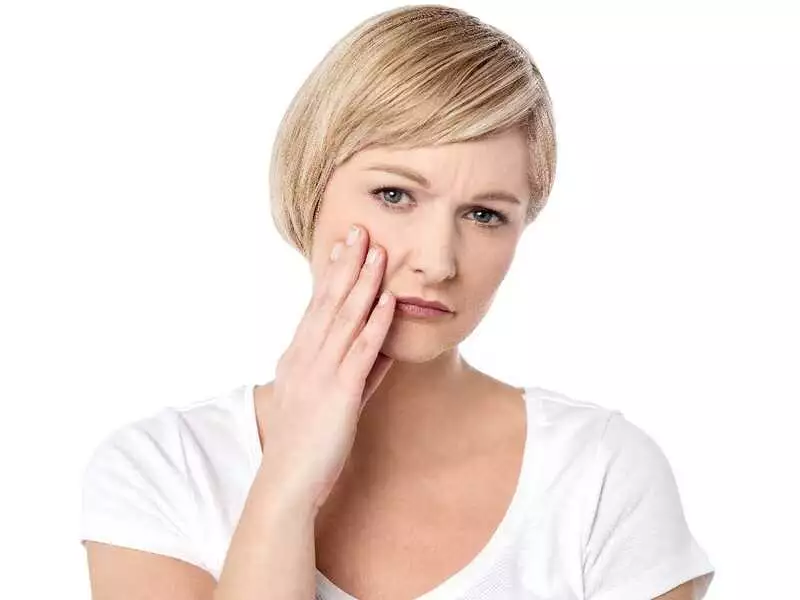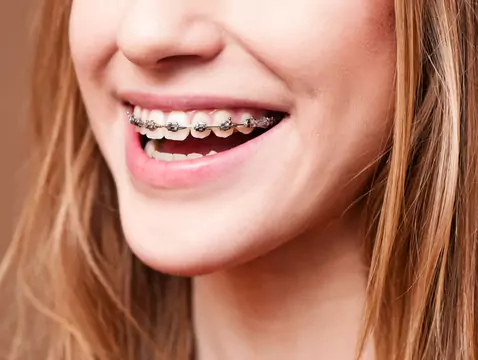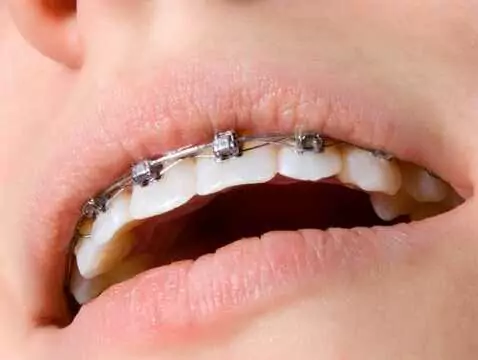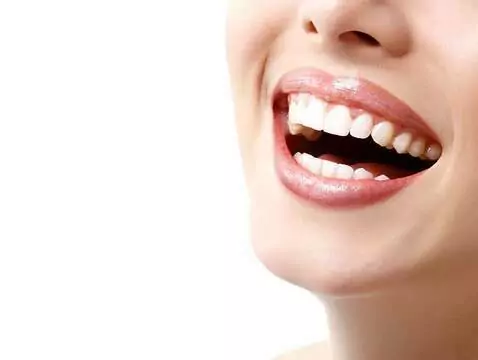Orthodontic treatment, although known for centuries, today takes on a slightly different form mainly due to the growing aesthetic needs of orthodontic clinic clients. We are talking about cosmetic treatment, which aims to improve the appearance of our teeth. However, orthodontic treatment is first and foremost the elimination of malocclusion of the masticatory organ. Like any type of treatment, orthodontic treatment also carries the risk of complications or side effects, in the form of carious lesions, gum resorption or root resection.
"White spots"
White spotson the enamel (white spots) are a kind of harbinger of the formation of carious lesions. They are the result of demineralisation of the enamel, directly linked to the use of braces. Specialists notice their appearance, sometimes even after a very short period of use of braces (even after 1 month), and sometimes they may appear at a very late stage or even after removal of the braces from the tooth surface. It is also worth mentioning that this situation occurs much more frequently in the case of use of fixed orthodontic appliances. Changes of this type are noticeable in about 50 % of patients undergoing treatment, which is a very high rate.
The primary diagnostic method, in detecting white spots on the enamel and its level of demineralisation, is the visual assessment of the surface after air drying. This method is the most widely used in dentistry, although devices are also available to measure the level of demineralisation of en amel based on light absorption, light-induced fluorescence or infrared light-induced fluorescence.
Root resorption
Another risk associated with the use of braces is root resorption of displaced teeth. This is a very undesirable phenomenon, but not uncommon. This is because it leads to permanent damage to the hard tissues of the tooth, i.e. changes to the morphology and physiology of the periodontal tissues.
The factors that have a fundamental impact on the occurrence of this phenomenon are mechanical, understood as the impact of the forces of the orthodontic appliance aimed at displacing the tooth, and biological, which relate to the progress of the process itself and its course.

photo: panthermedia
It is also worth noting the systemic factor associated with the occurrence of root resorption, namely calcium deficiency and electrolyte disturbance due to its low concentration in blood serum. The largest group of patients facing this problem are children of developmental age who are supplied with inadequate levels of calcium or produce inadequate levels of vitamin D3 metabolites.
Gingival recession
Another type of orthodontic complication is gingival recession, which involves the exposure of the tooth root. In addition, this may be accompanied by cracks or fissures appearing on the gums. The causes of recession are morphological as well as functional disorders of the periodontal tissues and the tooth itself. They are an extremely troublesome problem of an aesthetic nature, but may also co-occur with carious lesions, cavities of non-carious origin, as well as being the cause of persistent tooth hypersensitivity.
Recessions may occur both during and after orthodontic treatment. As indicated by specialists, the risk factors of their formation are similar to those of other lesions, namely excessive orthodontic forces, accumulation of food debris or multiplication of bacterial strains aggravating unfavourable changes of teeth and periodontium. In addition, poor brushing technique, or the selection of toothbrush bristles that are too hard, can also contribute to the formation of such lesions. [1]








